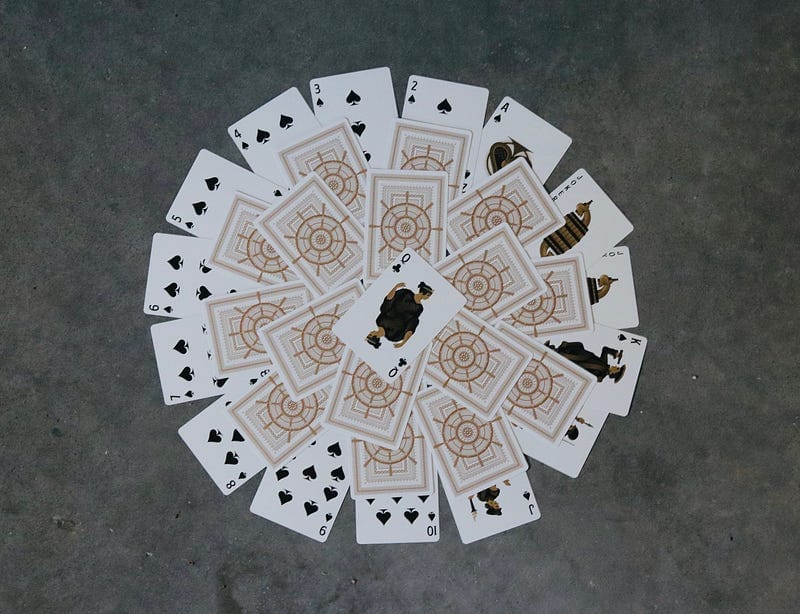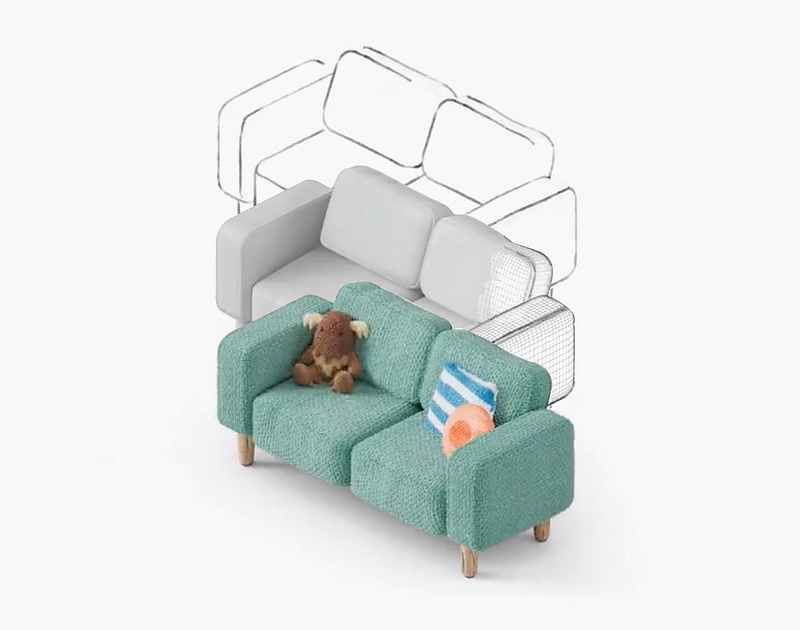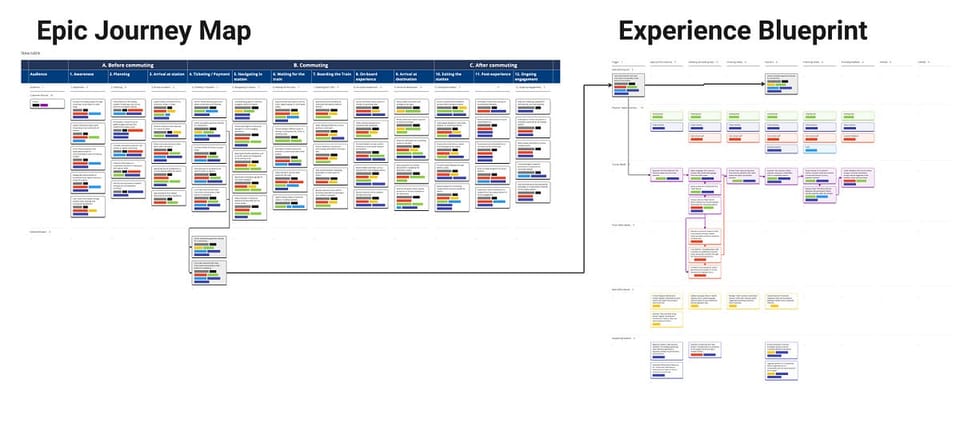5 other ways a UX team can use their Kanban boards
It was like a Coffee meet Bagel moment when I approached Kanban for the first time. I knew of its existence, but did not take the…

It was like a Coffee meet Bagel moment when I approached Kanban for the first time. I knew of its existence, but did not take the initiative to get to know it better. Thankfully, a group of in-house Agile Coaches created the ideal “matchmaking ”opportunity for seekers like us. After that momentous 3 days Kanban course, I can now say that I am in a love relationship with kanban. Yet, the funny thing about love is that it is not one dimensional. It grows and it morphs as we start to understand each other. Coming from a design and UX background, I decided to take a quintessential element of kanban — the kanban board — and turned it to creative ways that made it useful for my teams via another favourite tool, miro, and other platforms. Apologies, kanban purist: This content could be rated R! (but you’re always welcome to provide me feedback😉)
- The Good Old Kanban Board: Before going wild with kanban board, I would like to recognize its proper and effective usage. Kanban for UX teams are highly effective, especially when design briefs come in all shapes and sizes. As a result, we resorted to the “continuous delivery” model of kanban, with WIP limits in place, and a dazzle of scrum applied to it (ie. story points, backlog, sprint cycles). Its flexibility helped us customised columns that were part of our design process. The cards were used for descriptions, constraints and links to prototypes. The kanban was a stage for the designers at every weekly sync, where product owners and business users gather and introduce any new design items, priortizing their items, and negotiating with the design team what items are more important (taking in view of the WIP limits). Life before kanban was close to swimming against the currents of the Niagara falls. With kanban, things felt more going with the flow of the Rhine River, with purpose and control.
- Retro Board: Could a kanban board be used for retros? Definitely! We used the familiar “what im grateful for”, “I’m wondering” and “It did not feel great” format, and added swimlanes with each retro session. What resulted next was a long chain of emotions and improvements, but also a reference for the team that we could refer back and take action.
- Portfolio board: Instead of looking at cards as a story along a product development cycle, how about treating a card as an overview of the product itself? This is an expanded view of products in a portfolio, which may be useful for larger organisations. In such cases, there isn’t a continuous flow of activities, but a keystone set in place across a larger landscape.
- Bulletin Board: Moving away from products, kanban boards can also be a great place to disseminate information and gather requests or ideas. When COVID-19 struck the teams, leaving us to conduct virtual meetings, the kanban board was a great tool to facilitate announcements, new members joining, queries, call for help, follow-ups and gathering feedback (ala comments). It also gave the team a self-organising voice, where the meeting facilitator spoke less. A bonus was the use of MS Planner, which were effective to stick information visibly on cards, such that checklists, decks and images, to quickly catch the attention of the people.
- Journey Board: Alright, so the journey board came out from the wild. We were journey mappers looking for ways to organize and visualise information, when someone from the team thought of using a kanban board to do it. Though it may sound like a user story mapping exercise, we kept most of the customer journey map criteria in check. Suddenly, our customer actions became alive as it shifted away from a single line of a post-it, to a kanban card filled with rich details and labels. And the best part? The product owners and developers are on board too.
What I love about kanban boards are its visuals, modularity, orderliness, dynamism and depth. Curious to hear how else you have used kanban boards!



